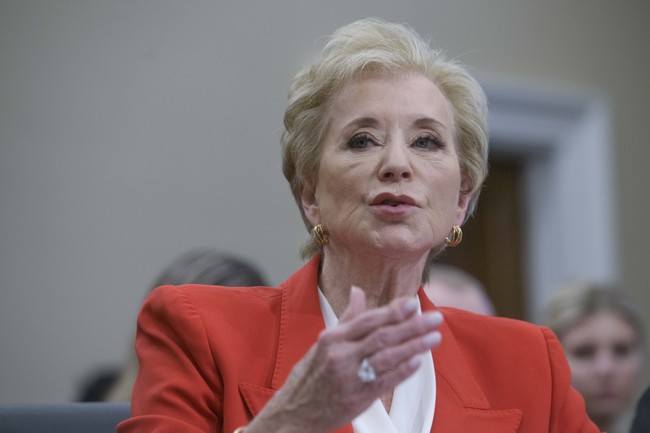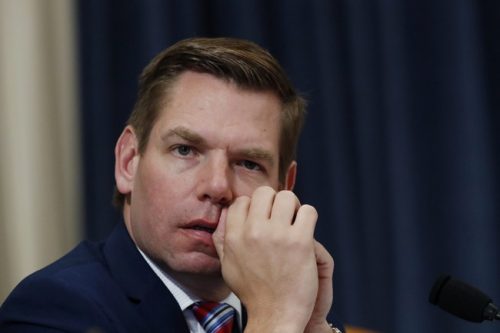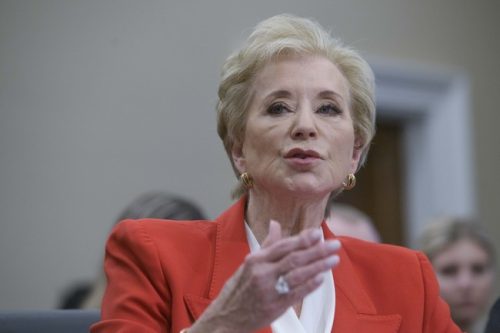Federal changes to how “professional degrees” are defined mean most nursing programs won’t lose grad loan access, but a tighter cap on borrowing will push students and schools to rethink costs and financing.
Last week the Trump administration shifted how it classifies some graduate programs, removing nursing from an internal list that allowed higher loan limits. That change triggered loud reactions from the media, the Left, and nurses worried about access to advanced training. The move is part of broader student loan reform packaged under the One Big Beautiful Bill Act and aims to limit how much students can borrow for certain programs.
I share a personal stake in this debate: I hold an Associate’s Degree in nursing and returned to school as an adult. A GoFundMe covered my nursing school costs, and that experience shapes my view that tighter loan limits can encourage more responsible borrowing. I support reform because caps force clearer choices about the price and value of education rather than letting tuition rise unchecked.
Public concern focused on the idea that grad nursing students would lose necessary federal support just as hospitals and clinics face staffing shortfalls. That fear exaggerated the reality for most programs, and federal officials point to the data to calm those worries. Secretary of Education Linda McMahon and the Department of Education have pushed back, arguing the change is technical, not a statement on the profession.
Here’s the way the Department framed it in a fact sheet:
Certain progressive voices have been fear mongering about the Department of Education supposedly excluding nursing degrees from being eligible for graduate student loans. This is misinformation. This fact sheet sets the record straight regarding the proposed treatment of nursing programs under new lending limits established by the Act.
Myth: The Trump Administration does not view nurses as professionals because they are not classified as a “professional degree.”
Fact: The definition of a “professional degree” is an internal definition used by the Department to distinguish among programs that qualify for higher loan limits, not a value judgement about the importance of programs. It has no bearing on whether a program is professional in nature or not.
Myth: Nurses will have a harder time securing federal student loans for their programs and this would contribute to the nationwide nursing shortage.
Fact: Department of Education data indicates that 95% of nursing students borrow below the annual loan limit and therefore are not affected by the new caps.
There’s been a lot of fake news swirling about this administration’s commitment to nurses.
Here’s the truth: 95% of nursing programs are UNAFFECTED by @POTUS’ One Big Beautiful Bill grad loan caps.
Read the fact vs myth sheet here ⬇️
— Secretary Linda McMahon (@EDSecMcMahon) November 25, 2025
Further, placing a cap on loans will push the remaining graduate nursing programs to reduce their program costs, ensuring that nurses will not be saddled with unmanageable student loan debt.
The Department notes that most nursing students already borrow less than the new annual limit, so the immediate impact will be limited for the vast majority. For the smaller set of high-cost programs, the caps create an incentive to cut tuition or restructure offerings to keep students from taking on unsustainable debt. That pressure could be positive if it forces programs to justify price points instead of assuming unlimited lending will cover any increase.
Caps are also intended to change institutional behavior. Over two decades some colleges and universities steadily raised costs because federal loans absorbed the increases. With a ceiling on borrowing, administrators face market pressure to restrain tuition and innovate program delivery to keep enrollments healthy. That dynamic benefits students who otherwise would shoulder larger balances for degrees that don’t necessarily produce higher incomes.
Critics on the Left favored blanket student loan forgiveness and expanded borrowing, which would have transferred large sums from taxpayers to borrowers regardless of program value. Reformers argue that forgiveness rewards past price inflation instead of fixing the root cause: runaway tuition. Capping future borrowing is a policy that aims to stop the problem from getting worse while encouraging alternative funding paths.
Hospitals and healthcare employers already underwrite portions of advanced training in many places, offering tuition reimbursement, loan repayment, and scholarship programs to attract staff. That employer support can offset tighter federal lending and keep career pathways open for nurses pursuing advanced credentials. Between institutional adjustments and employer programs, nursing education financing can adapt without cutting off access.
So while the headlines sensationalized the change, the practical effect is targeted and technical: most nursing students won’t be cut off from federal loans, and the policy aims to curb tuition inflation by limiting how much can be borrowed. The debate will continue, but the immediate data the Department shared suggests the new rules will reshape incentives more than they will deny students access to training they need.






